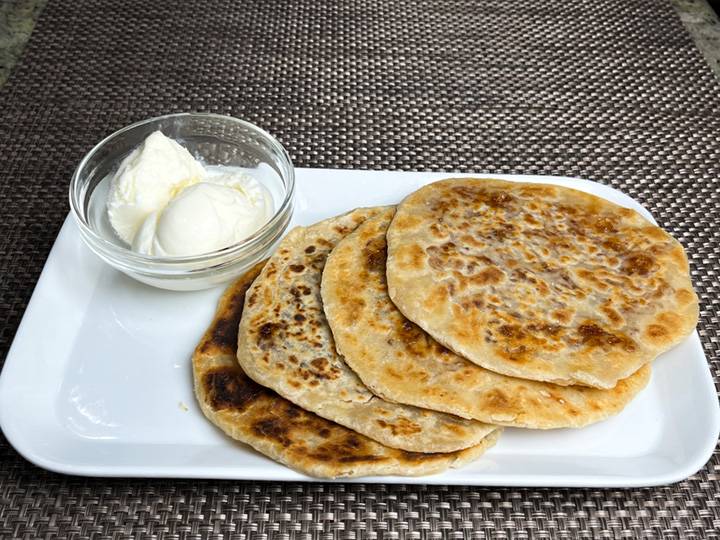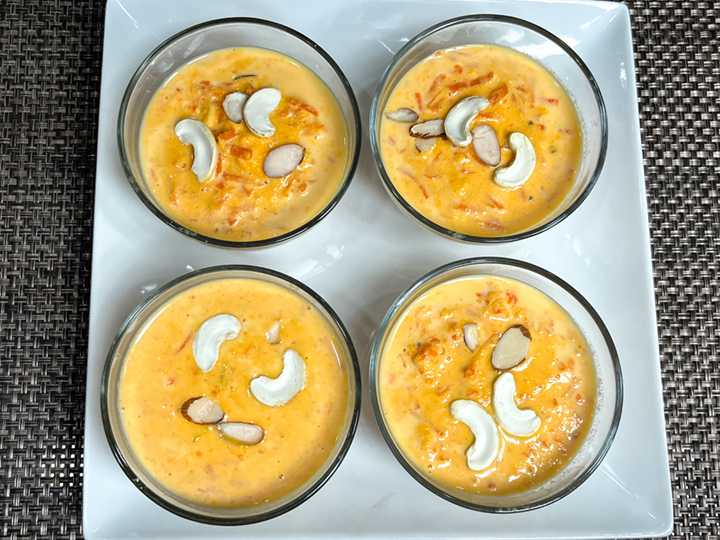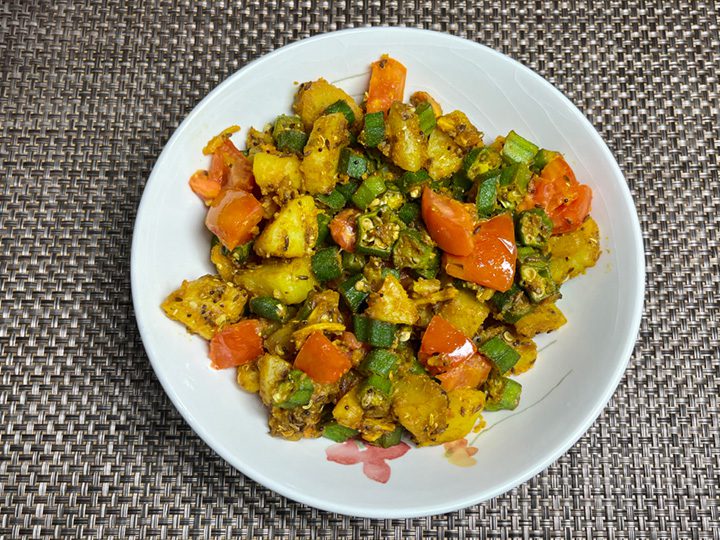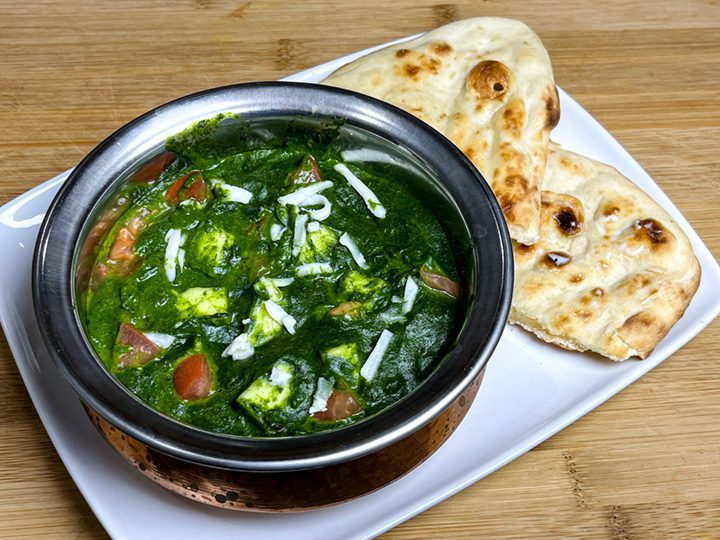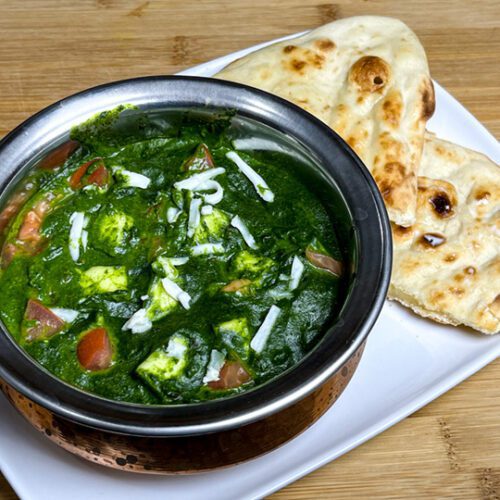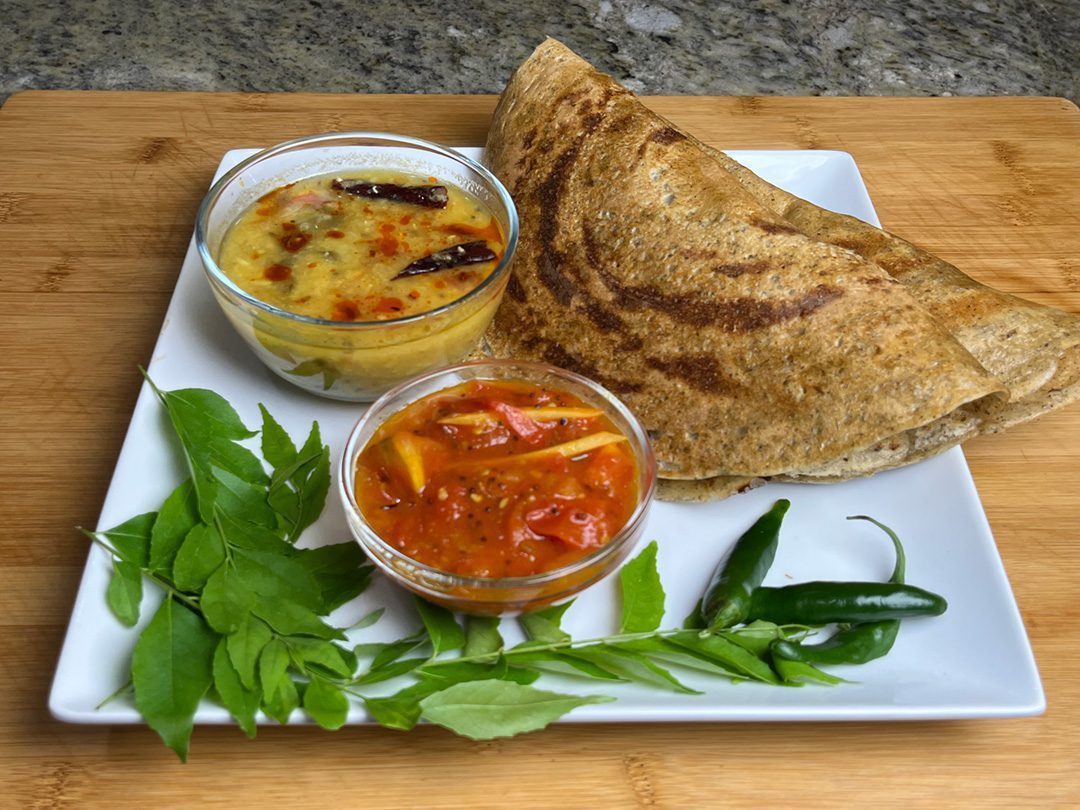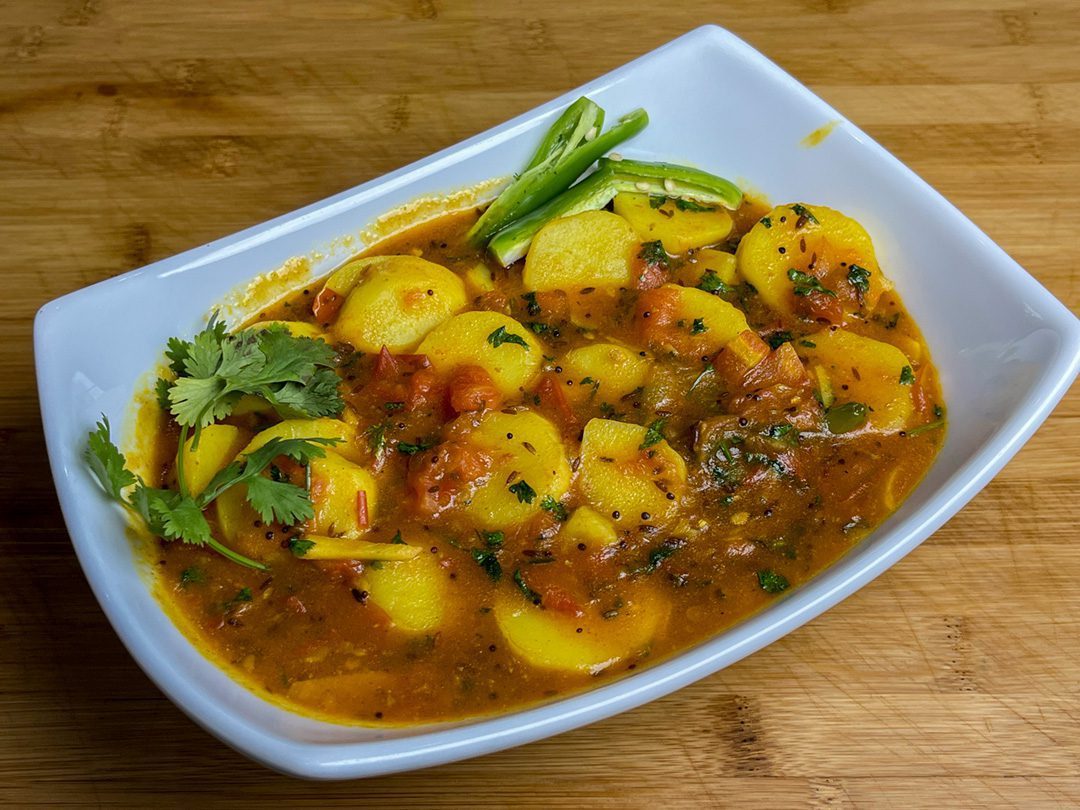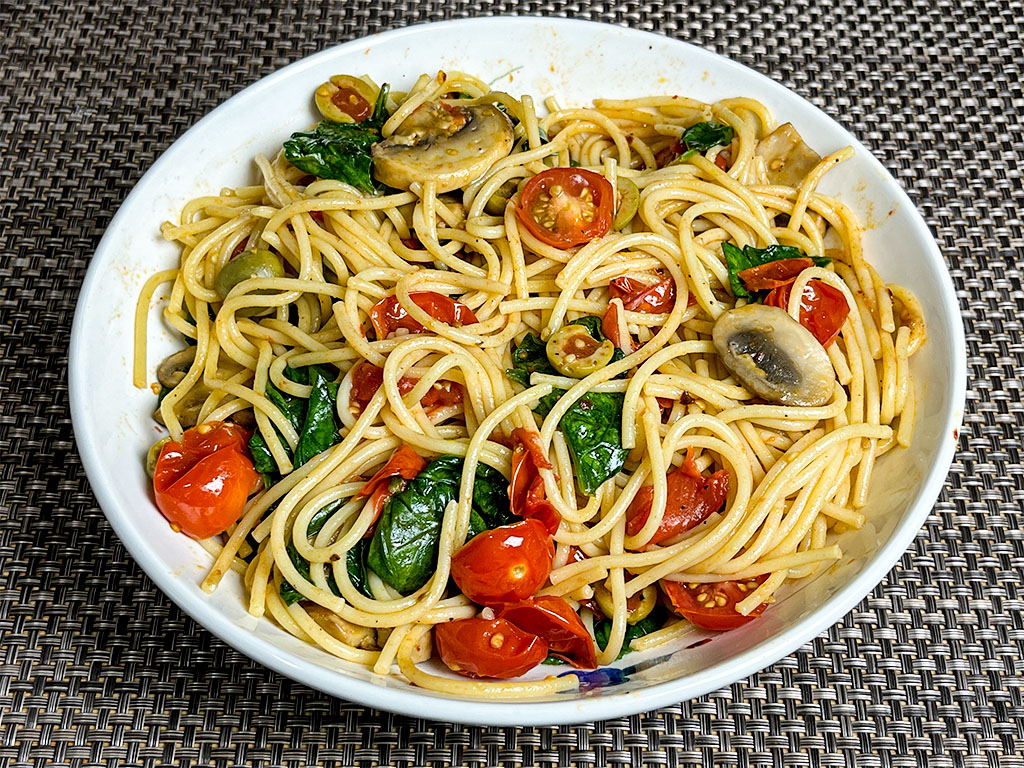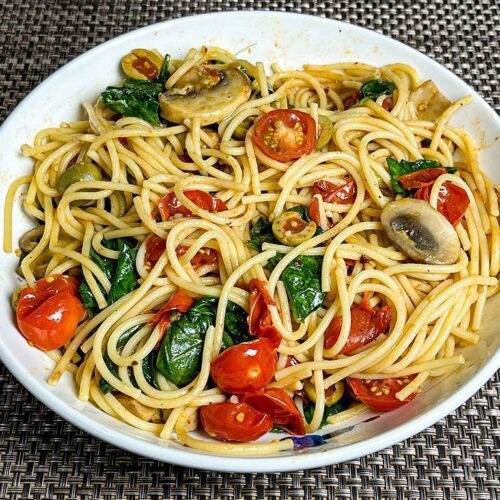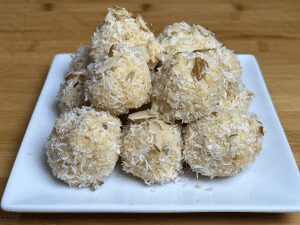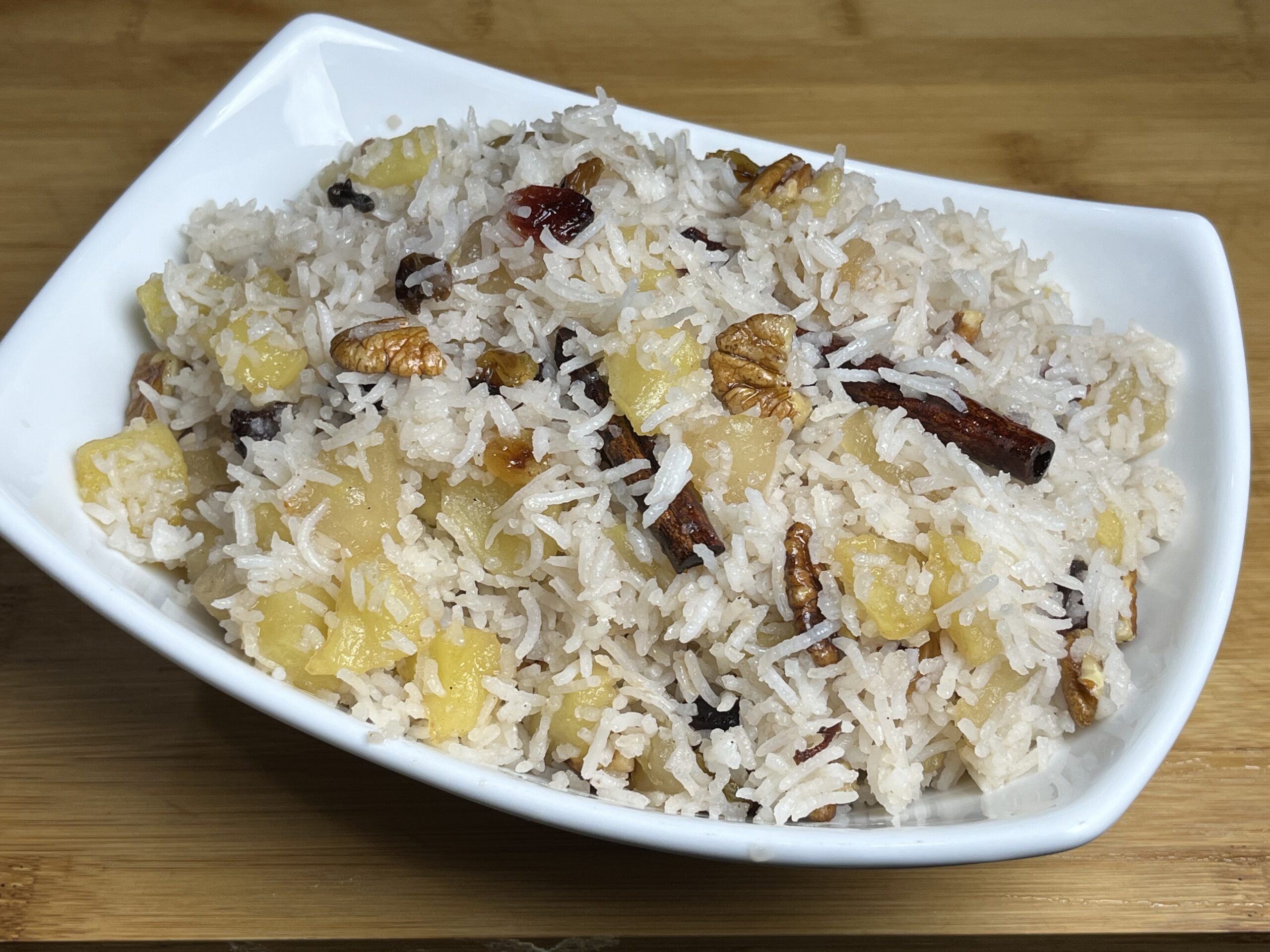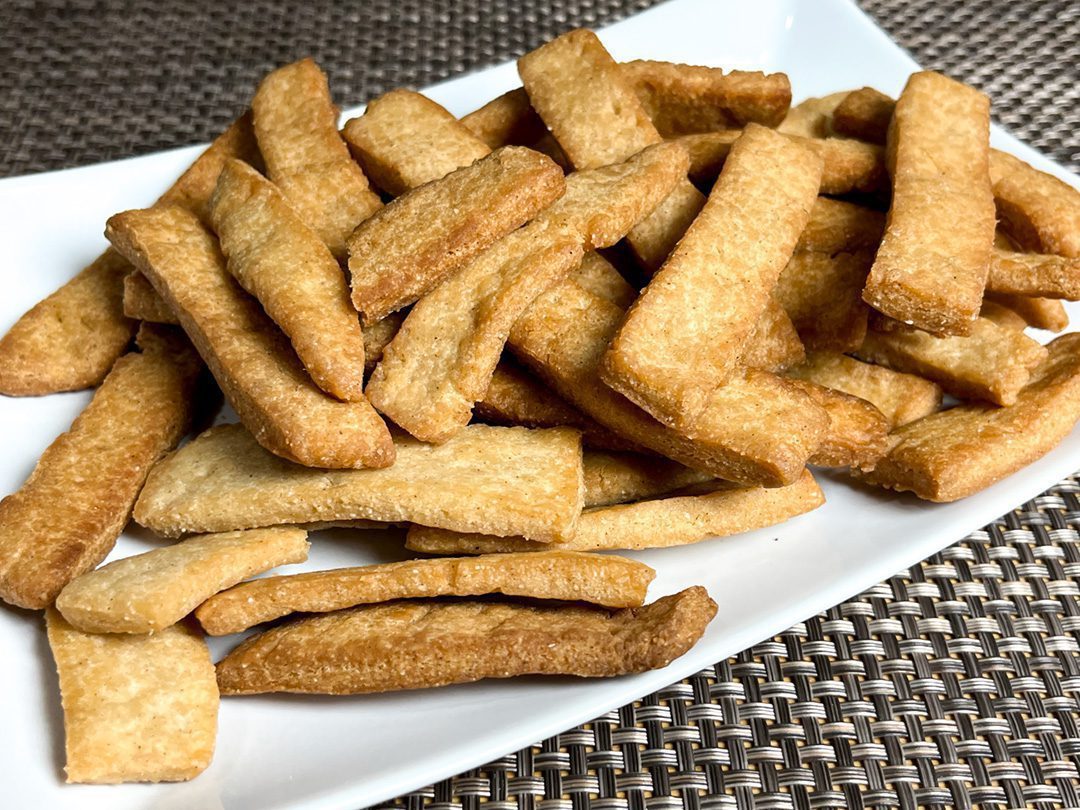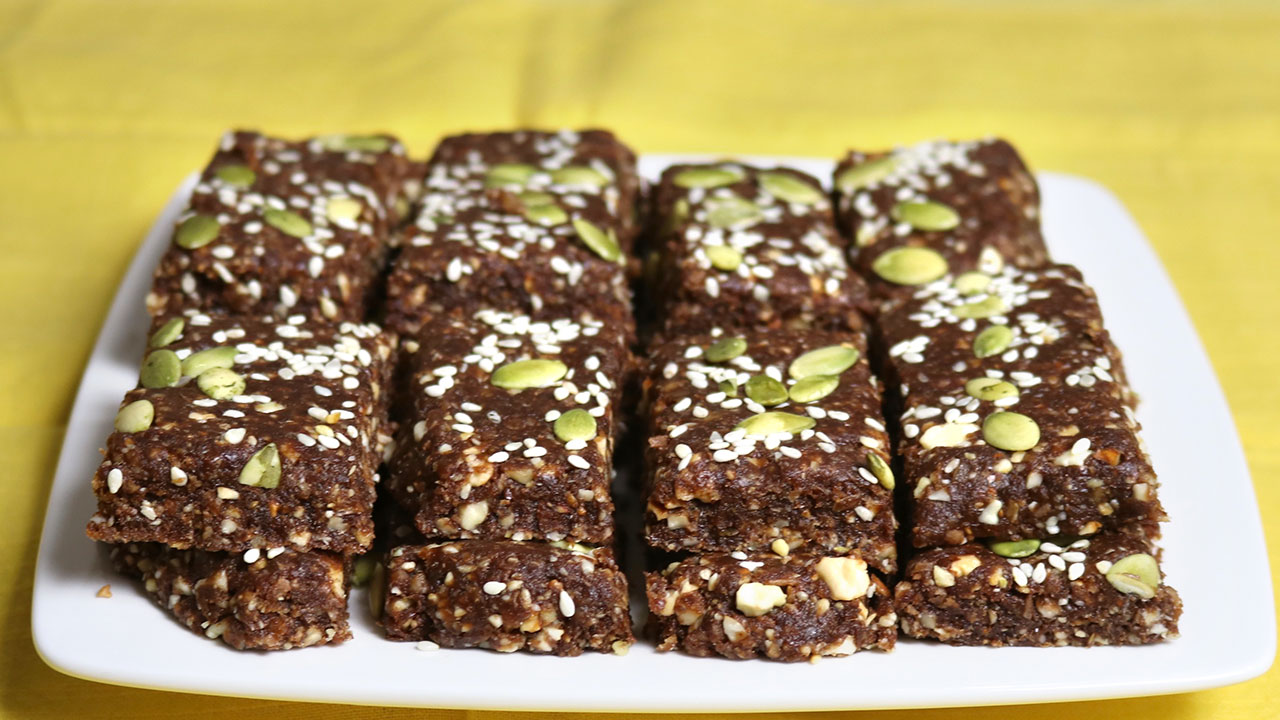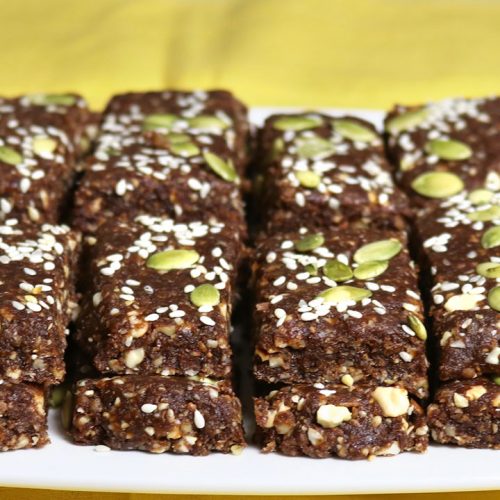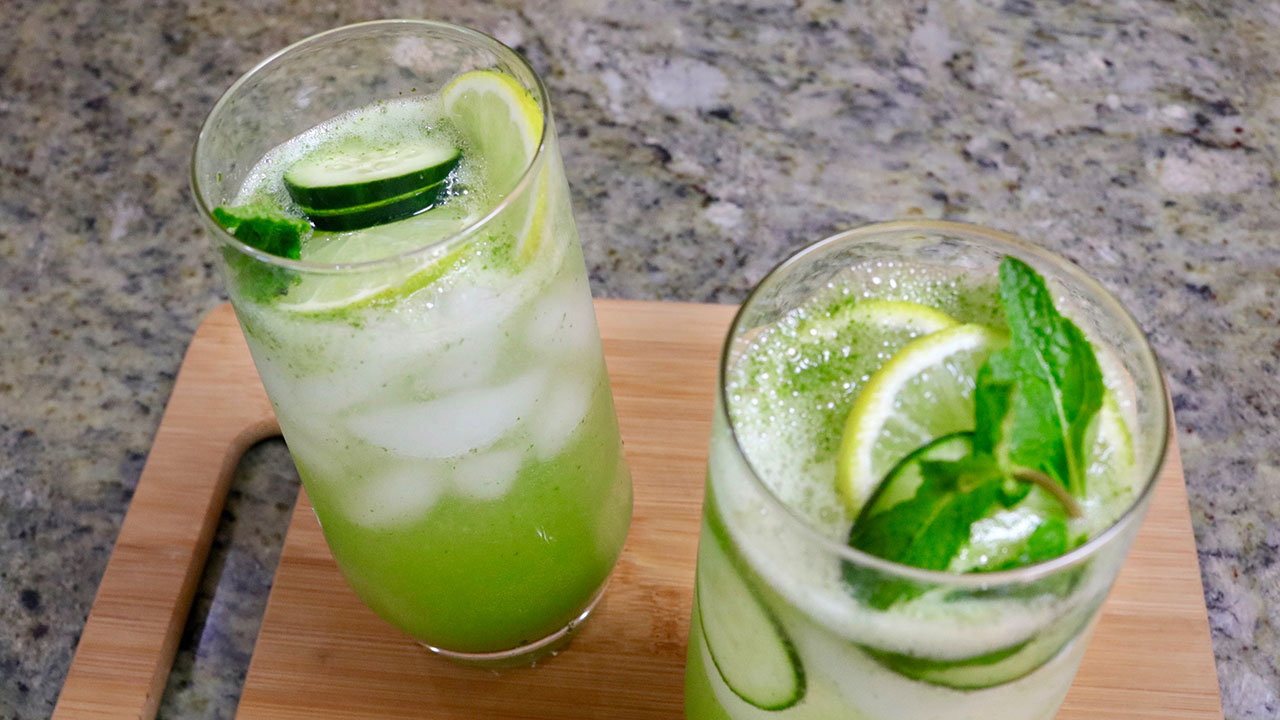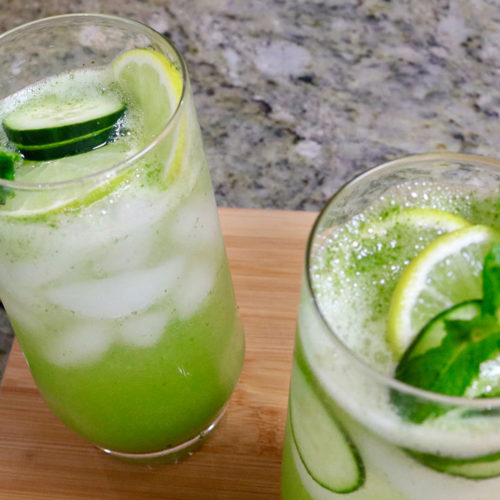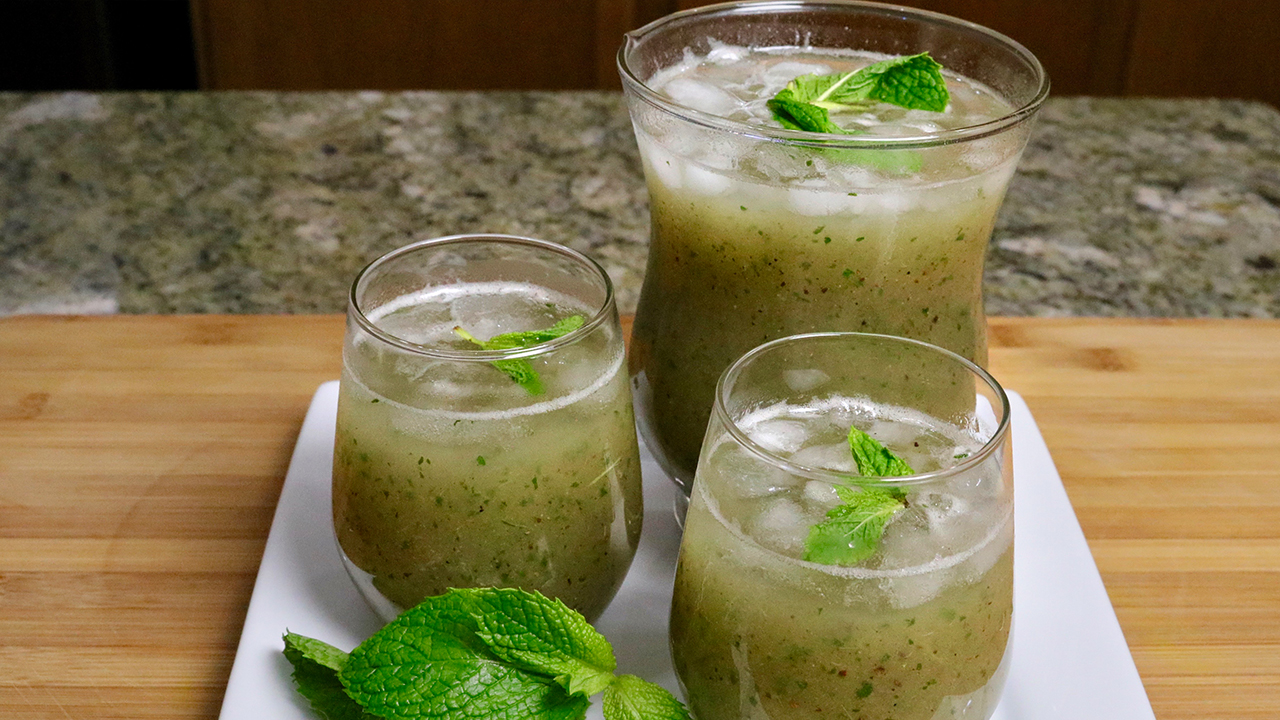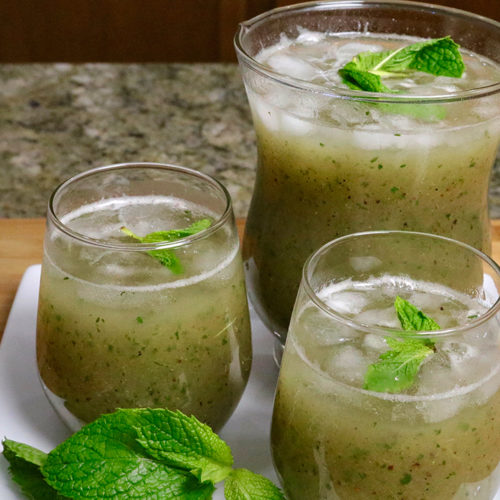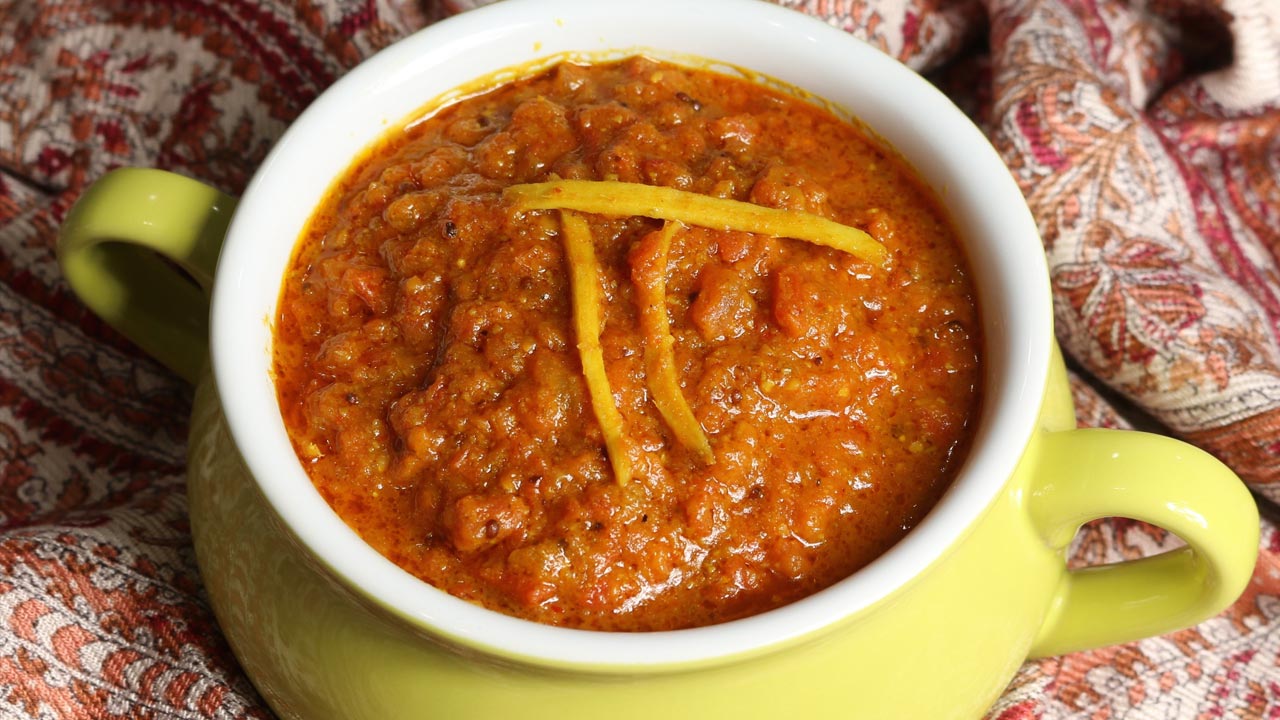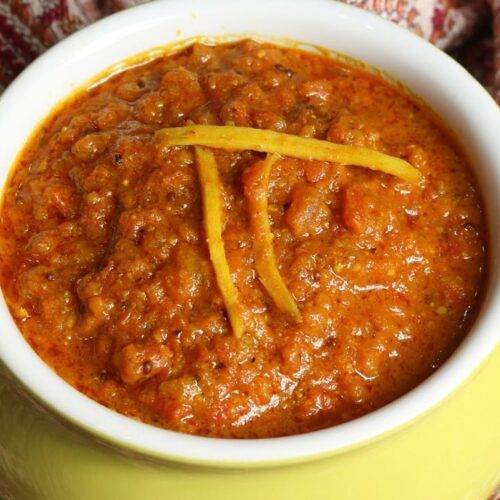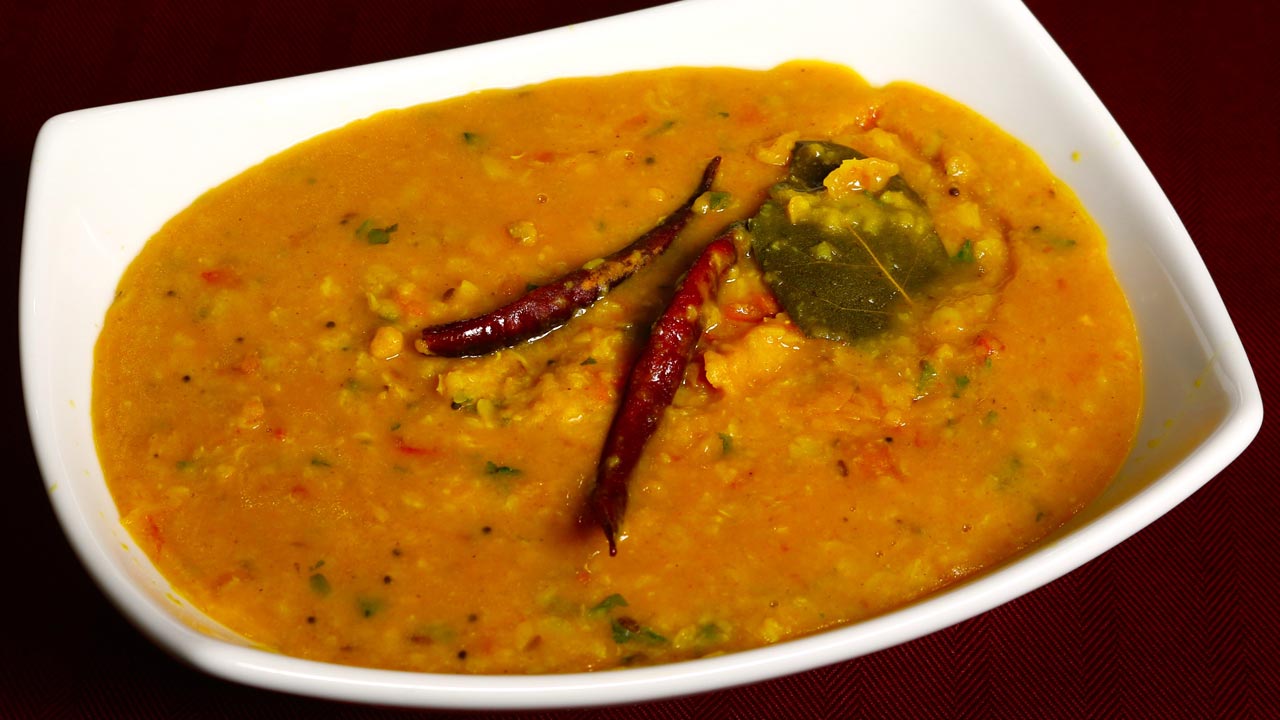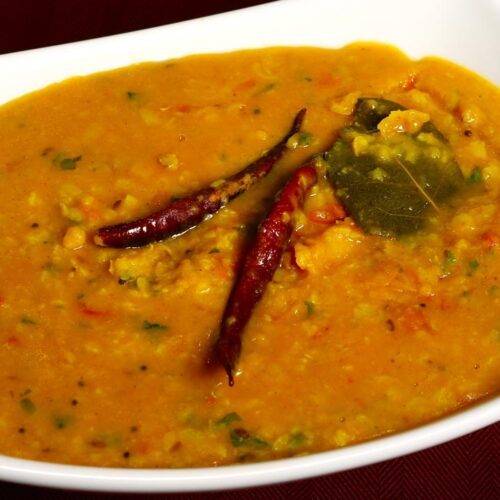Apple Pie Paratha: A Delicious Dessert
Ingredients
For the Dough:
- 1 cup all-purpose flour
- ¼ cup whole wheat flour
- 3 tbsp soft butter
- 1 pinch salt
- ½ cup chilled water
For the Filling:
- 1½ cups grated apple Granny Smith apples or 1 large apple
- ¼ tsp cinnamon powder
- 1 pinch nutmeg powder
- 1 pinch clove powder
- ¾ cup sugar
Instructions
- For the Dough:
- In a bowl, mix all-purpose flour, whole wheat flour, and salt. Then, add the butter ensuring it’s soft but not melted and use your fingers to combine the mixture until it becomes crumbly.
- Slowly add water, just enough to bring the flour together, but do not knead the dough. It’s important to ensure that the paratha remains flaky. Let the dough sit for about 10 minutes.
- For the Filling:
- Peel and grate the apple; the grated apple should yield about 1½ cups. I like to use Granny Smith apples because they are firm and tart, but you can use other varieties, ensuring you add lemon juice to provide tartness.
- Over low-medium heat, combine all the filling ingredients—apple, sugar, cinnamon, clove, and nutmeg in a pan.
- Cook until the mixture becomes a soft, sticky dough, which should take about 7 minutes. Be sure to stir the filling continuously.
- The filling should be at room temperature before making the paratha.
- Making the Paratha:
- Lightly knead the dough and divide it into four equal parts, rolling each into a ball between your palms.
- Roll each dough ball into a 3-inch circle. Place about 2 tablespoons of filling in the center of the rolled dough.
- Pull the edges of the dough to wrap it around the filling. Repeat to make all four filled balls. Let the filled balls rest for three to four minutes.
- Meanwhile, heat a heavy flat pan over medium-high heat until moderately hot. To test, sprinkle water on the skillet—if the water sizzles right away, the skillet is ready.
- Lightly press each filled ball in dry whole wheat flour on both sides. Using a rolling pin, gently roll the balls into five-inch circles, keeping the sealed side of the ball on top. If the dough sticks to the rolling pin or surface, lightly dust the parathas with dry flour.
- Place the paratha on the skillet. When it starts to change color and puff up, flip it over. You will notice some golden-brown spots. After a few seconds, drizzle one teaspoon of oil over the paratha.
- Flip it again and lightly presses the puffed areas with a spatula. Flip once more and press with the spatula, ensuring the paratha is golden-brown on both sides. Repeat for the remaining parathas.
- These apple parathas taste like you’re having apple pie. You can make these apple pie parathas in advance; they stay good for 3-4 days at room temperature, and you can refrigerate them for 3-4 weeks.
- When serving, reheat them over a skillet, in an air fryer, or the oven. Serve them with ice cream; I enjoy hot paratha with vanilla ice cream, while my husband prefers to melt cheese over his.
Notes
Introduction to Apple Pie Paratha
Apple Pie Paratha is a creative fusion dish that combines the comforting flavors of the classic American apple pie with the traditional Indian paratha. This innovative recipe is perfect for dessert lovers who enjoy experimenting with global cuisines. Sweet and sour grated apples are flavored with aromatic spices like cinnamon, nutmeg, and cloves, creating a filling that tastes like a warm apple pie. Wrapped in a flaky paratha dough and cooked to golden perfection, this dish is an indulgent treat that pairs beautifully with vanilla ice cream or even a savory topping like melted cheese.
Cultural and Culinary Fusion
The idea of fusing apple pie flavors into a paratha showcases the versatility of Indian flatbreads. Parathas, traditionally made savory with fillings like potatoes or paneer, lend themselves wonderfully to sweet adaptations. This Apple Pie Paratha recipe celebrates both Indian and Western culinary traditions, making it an exciting choice for festive occasions, family meals, or even a quick tea-time treat. The warm spices used in the filling are reminiscent of traditional Indian desserts, while the apples and their tart-sweet flavor pay homage to the beloved American apple pie.
Recipe Variations from Manjula’s Kitchen
If you love Apple Pie Paratha, you may also enjoy exploring other innovative and traditional paratha recipes from Manjula’s Kitchen:
- Aloo Paratha: A savory paratha stuffed with spiced mashed potatoes, perfect for breakfast or lunch.
- Sweet Coconut Paratha: A unique dessert paratha with a filling of sweetened coconut and cardamom.
- Paneer Paratha: A savory flatbread filled with spiced paneer, offering a protein-rich option.
- Gobi Paratha: A classic paratha stuffed with grated cauliflower, flavored with Indian spices.
Each of these recipes showcases the versatility of parathas, whether savory or sweet, and their ability to incorporate diverse flavors.
Health Benefits and Dietary Considerations
Apple Pie Paratha combines the natural goodness of apples with the comforting texture of parathas. Apples are rich in fiber, vitamin C, and antioxidants, making them a healthy addition to any meal. The aromatic spices used in the filling, like cinnamon and nutmeg, are known for their anti-inflammatory and digestive properties.
For those following a vegan diet, this recipe can be easily adapted by replacing butter with oil in the dough preparation. The paratha dough itself is made with a mix of all-purpose and whole wheat flour, offering a balance of flavor and texture. While this is an indulgent dessert, the option to use natural sweeteners or reduce the sugar content can make it a lighter treat.
Serving Suggestions
Apple Pie Paratha is a versatile dessert that can be enjoyed in various ways:
- Classic Pairing: Serve the paratha warm with a scoop of vanilla ice cream for a classic apple pie-inspired experience.
- Savory Twist: Melt a slice of cheese over the hot paratha for a sweet-savory flavor profile.
- Festive Plating: Drizzle some caramel or chocolate sauce over the paratha for an extra indulgent touch during special occasions.
- Quick Snack: Enjoy the paratha on its own with a hot cup of chai or coffee for a cozy snack.
These parathas can be made in advance and reheated, making them a convenient option for entertaining guests or meal prepping.
Conclusion Apple Pie Paratha is a delightful fusion dish that transforms a classic dessert into a flaky, flavorful Indian flatbread. Its sweet apple filling, spiced with cinnamon and nutmeg, offers a warm and comforting flavor, perfect for any season. Whether you’re looking for an innovative dessert, a festive treat, or simply something new to try, this Apple Pie Paratha recipe is sure to impress. Try it today and enjoy a unique blend of Indian and Western culinary traditions.
Frequently Asked Questions (FAQs)
What type of apples work best for Apple Pie Paratha?
Granny Smith apples are ideal for their firm texture and tart flavor. If using sweeter apples, add a splash of lemon juice to balance the taste.
Can I make Apple Pie Paratha vegan?
Yes, replace the butter in the dough with oil to make a vegan version of this recipe.
How can I store Apple Pie Paratha?
You can store these parathas at room temperature for 3-4 days or refrigerate them for up to 3-4 weeks. Reheat them in a skillet, in an air fryer, or in the oven before serving.
What are some similar recipes I can try?
Explore Sweet Coconut Paratha, Paneer Paratha, or Gobi Paratha for more delicious paratha variations.
What makes Apple Pie Paratha special?
The fusion of warm apple pie flavors with the flaky, golden-brown texture of Indian paratha makes it a unique and versatile dessert that’s easy to prepare and enjoyable for all.

